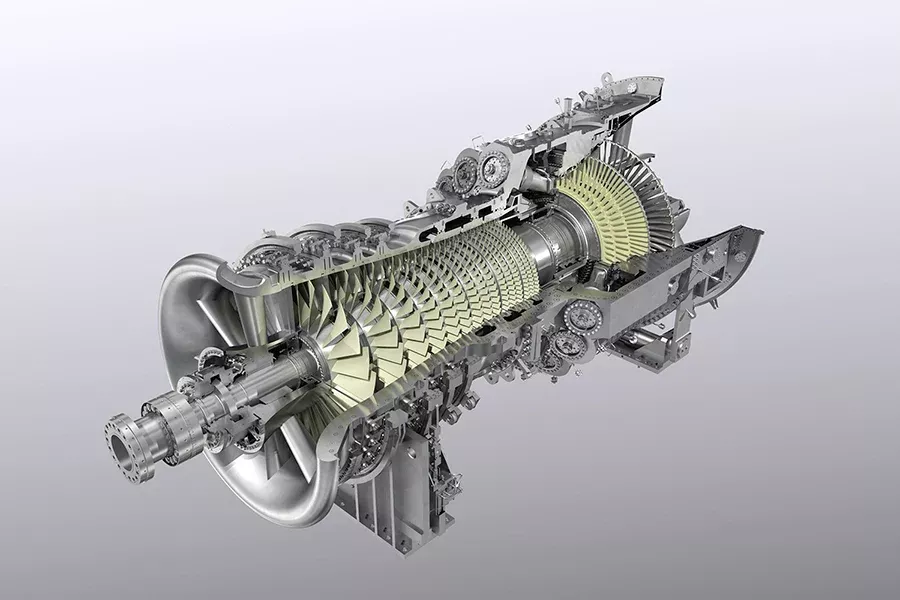NEWS
Carnegie Mellon Power Sector Index Tracks Slight Increase in Carbon Emissions from 2016 and 24% decrease from 2005 peak

PITTSBURGH – On June 19, Carnegie Mellon University, supported by Mitsubishi Hitachi Power Systems (MHPS), announces the release of the first quarterly Power Sector Carbon Index measurement update of the carbon dioxide emissions intensity from the U.S. electrical power generation sector. In comparing the first quarter of 2017 to the first quarter of 2016, the index found that the U.S. power plant emissions averaged 955 lbs. of carbon dioxide per megawatt hour (CO2/MWh) in the first quarter of 2017, which was up less than 1 percent from the same time frame in 2016.
“The Carnegie Mellon Power Sector Carbon Index provides a comprehensive picture of the carbon intensity of electricity production in the previous 12 months and over an extended period to 2001,” says Professor Costa Samaras, part of the Carnegie Mellon Scott Institute for Energy Innovation and member of the team that developed the index. “The CMU index also provides a summary of how much electricity generation is from coal, natural gas, nuclear, and renewables.”
Coal contributed the largest share of electricity generation in the first quarter of 2017, after natural gas held that spot for the first three quarters of 2016. Electricity generation from renewables was higher in the first quarter of 2017 when compared to the first quarter of 2016, reducing some of the impact on the Power Sector Carbon Index from the increased coal electricity generation. The rolling annual average of the Power Sector Carbon Index for the past four quarters was nearly 24% lower than in the annual value in 2005, decreasing from 1,324 lbs of CO2/MWh to 1,007 lbs of CO2/MWh.
“Higher natural gas prices, lower overall electricity demand, and growth in renewable generation likely contributed to fewer natural gas MWh in the first quarter of 2017 compared to the first quarter of 2016,” says Professor Inês Azevedo of Carnegie Mellon’s Department of Engineering and Public Policy.
The data released as part of the Carnegie Mellon Power Sector Carbon Index (https://emissionsindex.org/) found:
- Total electricity generation was down 2% in the first quarter of 2017 when compared to the first quarter of 2016.
- Coal generation was up by 5% in the first quarter of 2017 (292 million MWh) when compared to the first quarter of 2016 (278 million MWh). Coal represented 31% of total generation in the first quarter of 2017.
- Carbon intensity of coal generation was down by less than 1% in the first quarter of 2017 (2241 lb CO2/ MWh) when compared to the first quarter of 2016 (2252 lb CO2/ MWh).
- Natural gas generation was down by 16% in the first quarter of 2017 (263 million MWh) when compared to the first quarter of 2016 (312 million MWh). Natural gas represented 28% of total generation in the first quarter of 2017.
- Carbon intensity of natural gas generation was up by about 2% in the first quarter of 2017 (923 lb CO2/ MWh) when compared to the first quarter of 2016 (908 lb CO2/ MWh).
- Renewable electricity generation was up by 9.7% in the first quarter of 2017 (184 Million MWh) when compared to the first quarter of 2016 (168 million MWh). Renewables represented 19% of total generation in the first quarter of 2017.
- Nuclear electricity generation was down by 1% in the first quarter of 2017 (202 Million MWh) when compared to the first quarter of 2016 (204 million MWh). Nuclear represented 21% of total generation in the first quarter of 2017.
Paul Browning, President and CEO of MHPS-Americas commenting on the new report noted that “This quarter, Carnegie Mellon showed that the carbon intensity benefit of more power generation from renewables was offset by an increase in coal-fired power plant dispatch and a corresponding decrease in natural gas power plant dispatch.”



